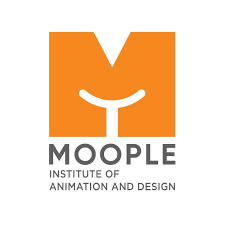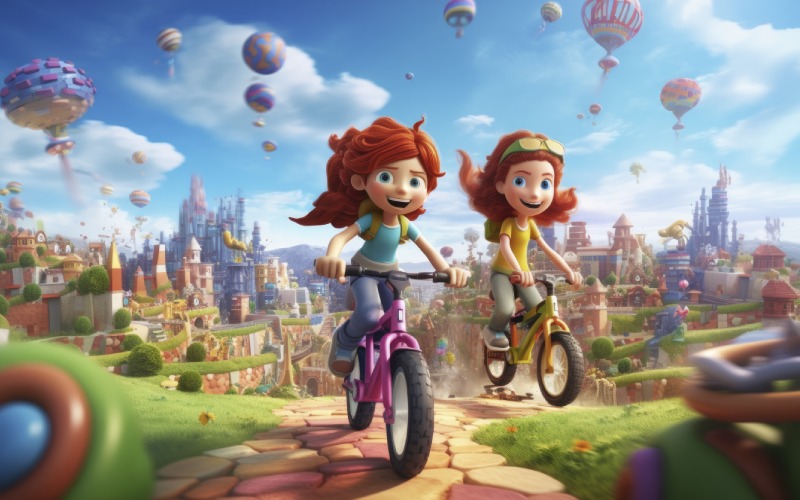The film industry has always been a realm of creativity and innovation, but in recent years, animation and visual effects (VFX) have truly transformed the landscape. From the earliest days of cinema, when simple trick photography was considered groundbreaking, to today’s sophisticated CGI (computer-generated imagery), the evolution of visual effects has been nothing short of revolutionary. Here’s how animation is reshaping the film industry and pushing the boundaries of storytelling.
Bringing Imagination to Life
One of the most significant impacts of animation and VFX is their ability to bring even the wildest imaginations to life. Filmmakers are no longer confined by the limitations of physical sets or practical effects. With the help of animation, they can create entire worlds, mythical creatures, and supernatural phenomena that were previously impossible to depict. Movies like Avatar and The Avengers showcase stunning alien landscapes and epic battles, all made possible through advanced VFX techniques. B.Sc animation courses have also gained popularity after this.
Enhancing Storytelling
Animation and VFX enhance storytelling by enabling filmmakers to visualize complex narratives and fantastical elements. They can create visually compelling scenes that convey emotions, themes, and character arcs in ways that traditional filmmaking methods cannot. For instance, in Inception, the manipulation of dreamscapes would not have been possible without sophisticated visual effects. These effects not only support the storyline but also immerse the audience in the unique and surreal world of the film.
Creating Realistic Effects
Modern VFX have reached a level of realism that can seamlessly blend with live-action footage. This realism is crucial for maintaining the audience’s suspension of disbelief. In films like Jurassic Park and The Lion King (2019), the lifelike dinosaurs and animals were created using advanced CGI, making them indistinguishable from real creatures. This ability to create hyper-realistic effects allows filmmakers to tell stories that are both believable and visually stunning.
Revolutionizing Production Processes
The integration of animation and VFX has also revolutionized the production processes in the film industry. Techniques such as motion capture, where actors’ movements are recorded and used to animate digital characters, have become standard. This technology was famously used in The Lord of the Rings trilogy to bring the character Gollum to life. Virtual production, which uses real-time rendering and LED screens, allows directors to see visual effects in-camera, enhancing creative control and efficiency during filming.
The advent of B.Sc in VFX and animation courses have made the process more streamlined.
Expanding Genre Boundaries
Animation and VFX have expanded the boundaries of traditional film genres, giving rise to new storytelling possibilities. Sci-fi, fantasy, and superhero genres, in particular, have flourished thanks to these advancements. Films like Star Wars, Harry Potter, and the Marvel Cinematic Universe rely heavily on visual effects to create their iconic worlds and characters. This expansion has not only attracted diverse audiences but also inspired a new generation of filmmakers and artists.
Cost-Effective Solutions
While high-end visual effects can be expensive, advances in technology have made them more accessible and cost-effective. Independent filmmakers and smaller studios now have access to tools and software that were once reserved for big-budget productions. This democratization of technology has leveled the playing field, allowing more voices and stories to be heard and seen.
Pushing Technological Boundaries
The constant push for innovation in VFX technology continues to drive the film industry forward. Techniques like deep learning and artificial intelligence are being explored to enhance animation and VFX workflows. These advancements promise to make visual effects even more efficient and realistic, opening up new creative possibilities. The future of filmmaking will likely see even more integration of AI and machine learning to automate complex processes and deliver unprecedented visual experiences. Look for B.Sc animation colleges for better prospects.
Conclusion
The power of visual effects and animation in the film industry is undeniable. They have transformed how stories are told, pushing the boundaries of imagination and realism. As technology continues to evolve, the potential for even more groundbreaking visual effects is limitless. Animation and VFX are not just tools; they are integral to the art of filmmaking, enabling creators to craft experiences that captivate and inspire audiences around the world. The future of cinema is bright, with animation leading the way into new realms of creativity and innovation.

